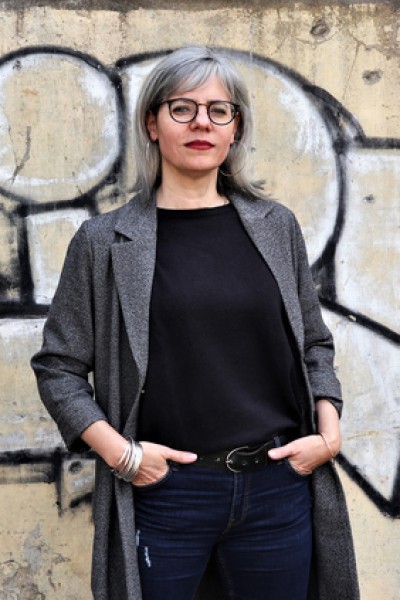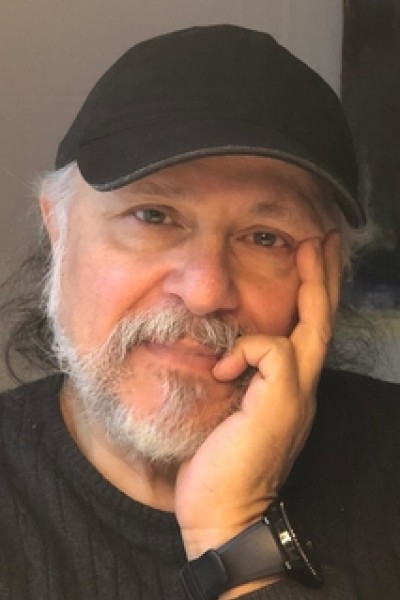Mass graves are an all-too-frequent legacy of conflict and human rights abuses. This short, animated film shows the process of mass grave protection and investigation from the perspective of victims’ families. It reflects the overwhelming need to know the fate and whereabouts of loved ones, experiences of engagement with the forensic investigative process and the significance of having mortal remains returned for dignified commemoration.
About the project
The aim of the film is to reach audiences who are directly affected by mass grave exhumations around the world: family members of the missing and the wider public within affected States. Through the use of a short, non-verbal, animated film, “Resolution" gives voice to the experiences of family members of the missing, and humanises the statistical, judicial and forensic facets of mass grave recovery.
Mass graves are a global phenomenon, and the team hope that the film that is universally relevant and applicable to multiple mass grave locations and contexts. The project was led by the authors of the Bournemouth Protocol for the Protection and Investigation of Mass Graves, a set of international standards for the lawful, respectful and effective handling of mass graves and the human remains they contain. The animation sits alongside the Protocol, although stands on its own as a free-to-access piece that serves as an educational and victim-advocacy tool.
The Protagonists
The methodology
The tenor of the film is intended to be universal, such that families around the world who are missing loved ones, where their remains may be located in a mass grave, can recognise their own experiences in it. In order to ensure universality of the narratives identified and used in the film, project leads Dr Ellie Smith and Dr Melanie Klinkner have liaised with survivors, project partners, intermediaries, expert practitioners, civil society organisations and victim groups in many countries, including Rwanda, Kosovo, Bosnia, Guatemala and Iraq.
To ensure that the “voices” offered in the film are authentic, the stories portrayed in the animation are informed by the real-life emotional and practical experiences of families of the missing and those directly affected by mass graves.
The artists
Lina Ghaibeh is a half Syrian half Danish animation and comics artist living in Beirut. She is an associate professor at the American University of Beirut, and director of the Mu’taz and Rada Sawwaf Arabic Comics initiative at AUB.
Her research focuses on Comics from the Arab world, and her creative works have been part of several international, regional and local animation festivals and exhibitions. Her animation shorts explore issues Identity & belonging with Beirut as a site of inspiration. Lina is an identical twin, the evil one.
George Khoury (JAD) is an artist, author, critic, and educator based in Beirut, Lebanon. Considered a pioneer of the art of comics in the Arab world, he published the first graphic novels for adult readers in the region (‘Carnaval’ and ‘Freud’, 1981/82).
His work forms part of the collection of the Comics Museum in Angoulême (Musée de la Bande Dessinée). He has won several awards, most recently the Mahmoud Kahil award for lifetime achievement (Lebanon, 2019).
He has been the director of the animation department at the Future Television Network for over 27 years, lectures in various institutions and is co-founder of the ‘Lebanese Syndicate of Professional Graphic Designers, Illustrators and Animators’. He is the author of the ‘History of Arabic Comics’.
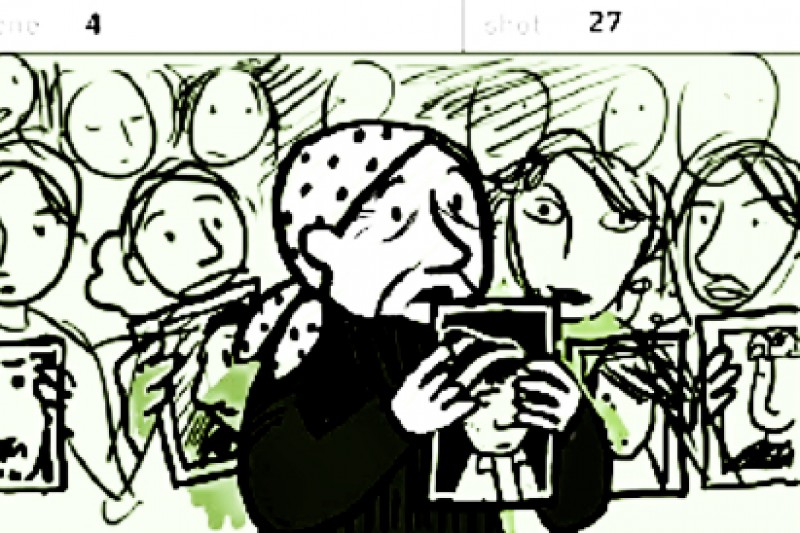
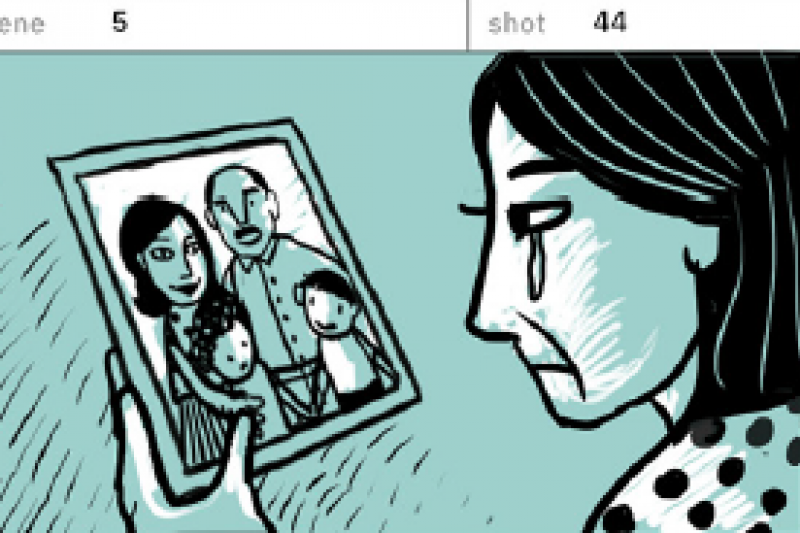 Wadad: her husband is taken from their home by security forces as they celebrate his birthday
Wadad: her husband is taken from their home by security forces as they celebrate his birthday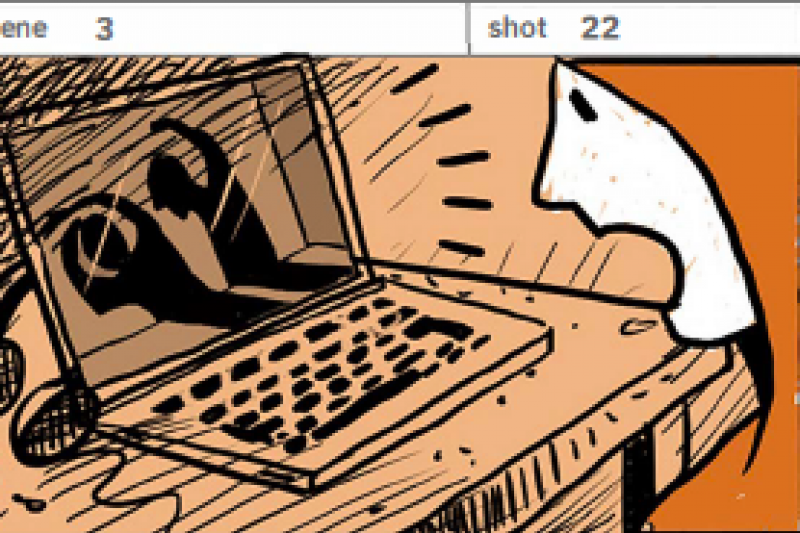 Wissam, a blogger: their partner is taken by state agents while they speak online
Wissam, a blogger: their partner is taken by state agents while they speak online